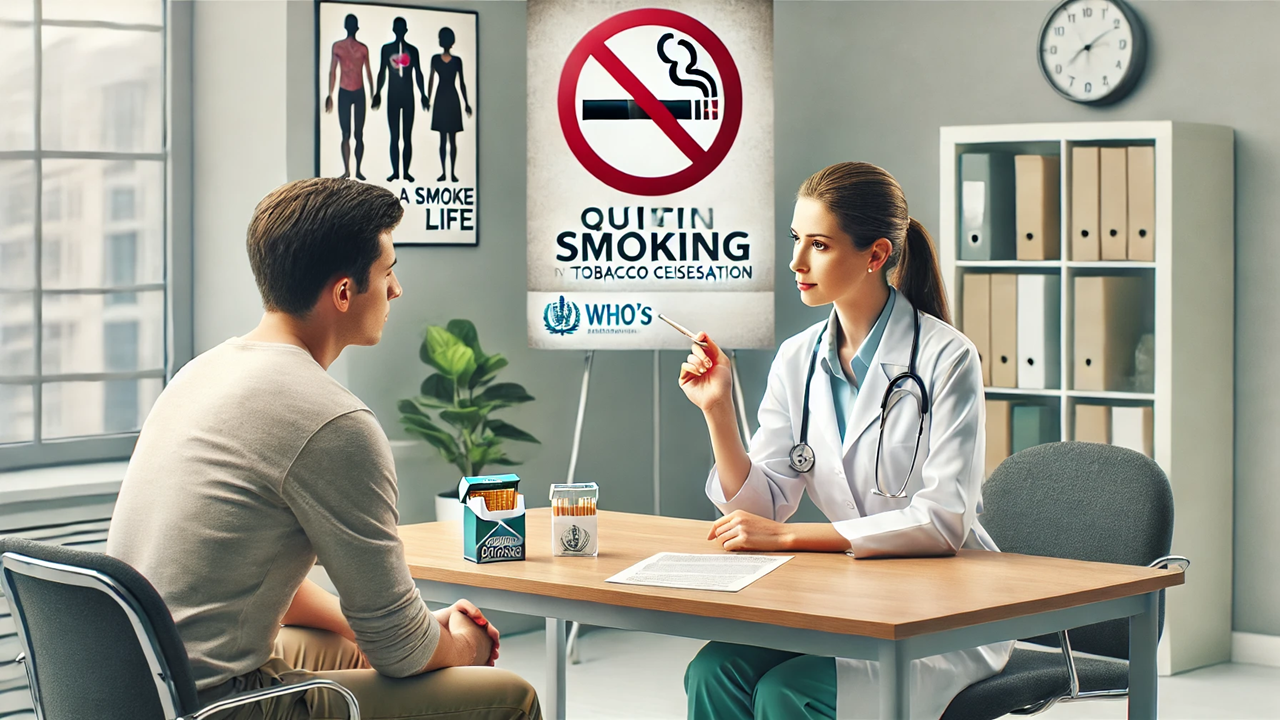WHO Urges Action to Sustain Global Tobacco Control Progress Amid Rising Industry Threats
With tobacco use still claiming more than 7 million lives annually, WHO is pushing countries to strengthen enforcement and adopt a full suite of proven interventions under the MPOWER strategy.

The World Health Organization (WHO) has released its Global Tobacco Epidemic 2025 report during the World Conference on Tobacco Control in Dublin. The organization sounded a clear alarm: despite significant strides in tobacco control, industry interference poses a serious threat to ongoing progress. With tobacco use still claiming more than 7 million lives annually, WHO is pushing countries to strengthen enforcement and adopt a full suite of proven interventions under the MPOWER strategy.
The MPOWER Strategy: Progress and Gaps
Since the inception of the MPOWER strategy in 2007, which focuses on six targeted tobacco control interventions, substantial global advancements have been made:
-
Monitoring tobacco use and prevention policies
-
Protecting people from tobacco smoke through legislation
-
Offering cessation support
-
Warning the public via mass media and tobacco packaging
-
Enforcing bans on advertising, promotion, and sponsorship
-
Raising taxes on tobacco products
Today, over 6.1 billion people—more than 75% of the world’s population—are protected by at least one of these measures, compared to just 1 billion in 2007. Notably, four countries—Brazil, Mauritius, the Netherlands, and Türkiye—have fully implemented all six measures.
However, major disparities persist:
-
40 countries have yet to implement even one MPOWER measure at a best-practice level.
-
Over 30 countries allow cigarette sales without mandatory health warnings.
-
Only 33% of the global population has access to cost-covered cessation services.
-
Just 3 countries have raised tobacco taxes to recommended levels since 2022.
Warning Labels and Plain Packaging: Key Wins
The report identifies graphic health warnings as a key area of progress:
-
110 countries now mandate them (up from 9 in 2007), covering 62% of the global population.
-
25 countries have adopted plain packaging laws.
Despite these advances, WHO highlights inconsistent enforcement and poor regulation of smokeless tobacco products. Additionally, 110 countries have not run anti-tobacco campaigns since 2022.
Smoke-Free Laws and Industry Pushback
Approximately 1.3 million deaths annually are due to secondhand smoke. Encouragingly, 79 countries have enacted comprehensive smoke-free laws, including new adopters since 2022 such as Indonesia, Malaysia, Slovenia, and Uzbekistan. However, WHO notes persistent resistance from the tobacco industry, especially in the hospitality sector.
E-Cigarettes and New Challenges
The growing prevalence of Electronic Nicotine Delivery Systems (ENDS) has prompted increased regulatory scrutiny:
-
133 countries now regulate or ban ENDS, up from 122 in 2022.
-
However, over 60 countries still have no regulations in place.
The Role of Bloomberg Philanthropies
The report launch coincided with the 2025 Bloomberg Philanthropies Awards for Global Tobacco Control, recognizing exceptional contributions by governments and NGOs. Michael R. Bloomberg, WHO Global Ambassador for Noncommunicable Diseases, reaffirmed the foundation's commitment to reducing tobacco use globally.
“Since Bloomberg Philanthropies started supporting global tobacco control efforts in 2007, there has been a sea change in the way countries prevent tobacco use, but there is still a long way to go,” Bloomberg stated.
The Road Ahead: Closing the Gaps
WHO leaders stress the need for political will, scientific backing, and coordinated policy efforts to close existing gaps:
-
Taxation: 134 countries have failed to make cigarettes less affordable.
-
Media campaigns: Only 36% of the global population is exposed to best-practice anti-tobacco campaigns.
-
Advertising bans: Only 25% of the global population is protected by best-practice bans.
Dr. Ruediger Krech, WHO Director of Health Promotion, concluded with a forceful message:
“Governments must act boldly to close remaining gaps, strengthen enforcement, and invest in the proven tools that save lives.”
The newly launched WHO Global Tobacco Epidemic data portal provides country-level tracking from 2007–2025, equipping policymakers and advocates with evidence to drive future progress.










